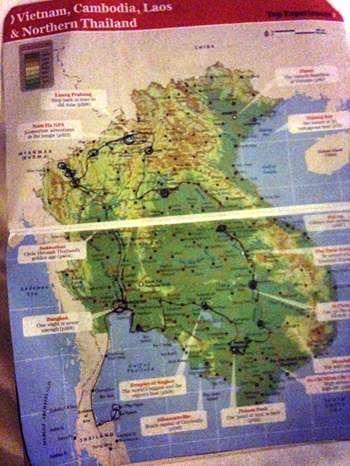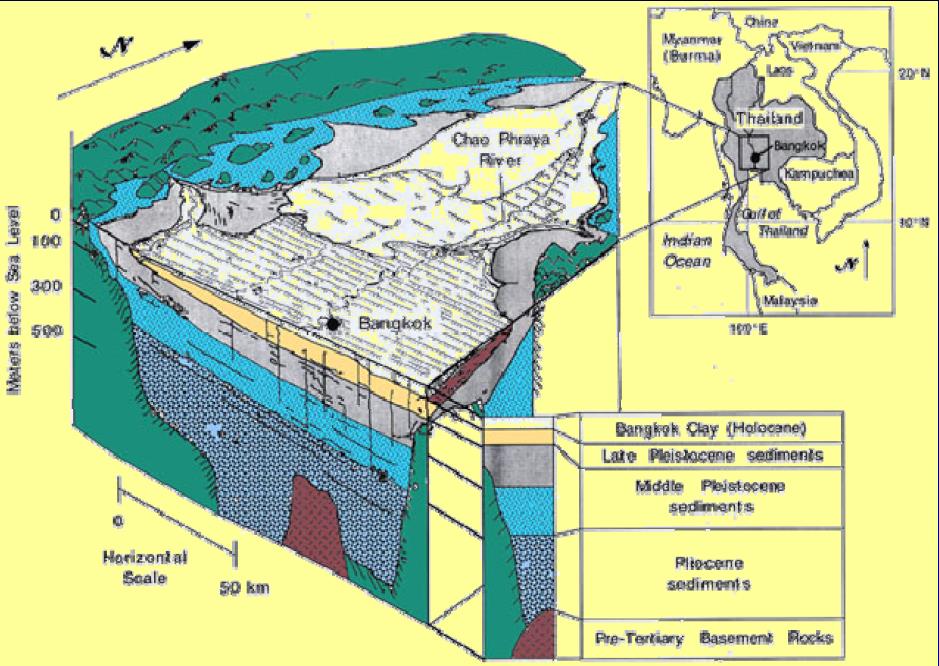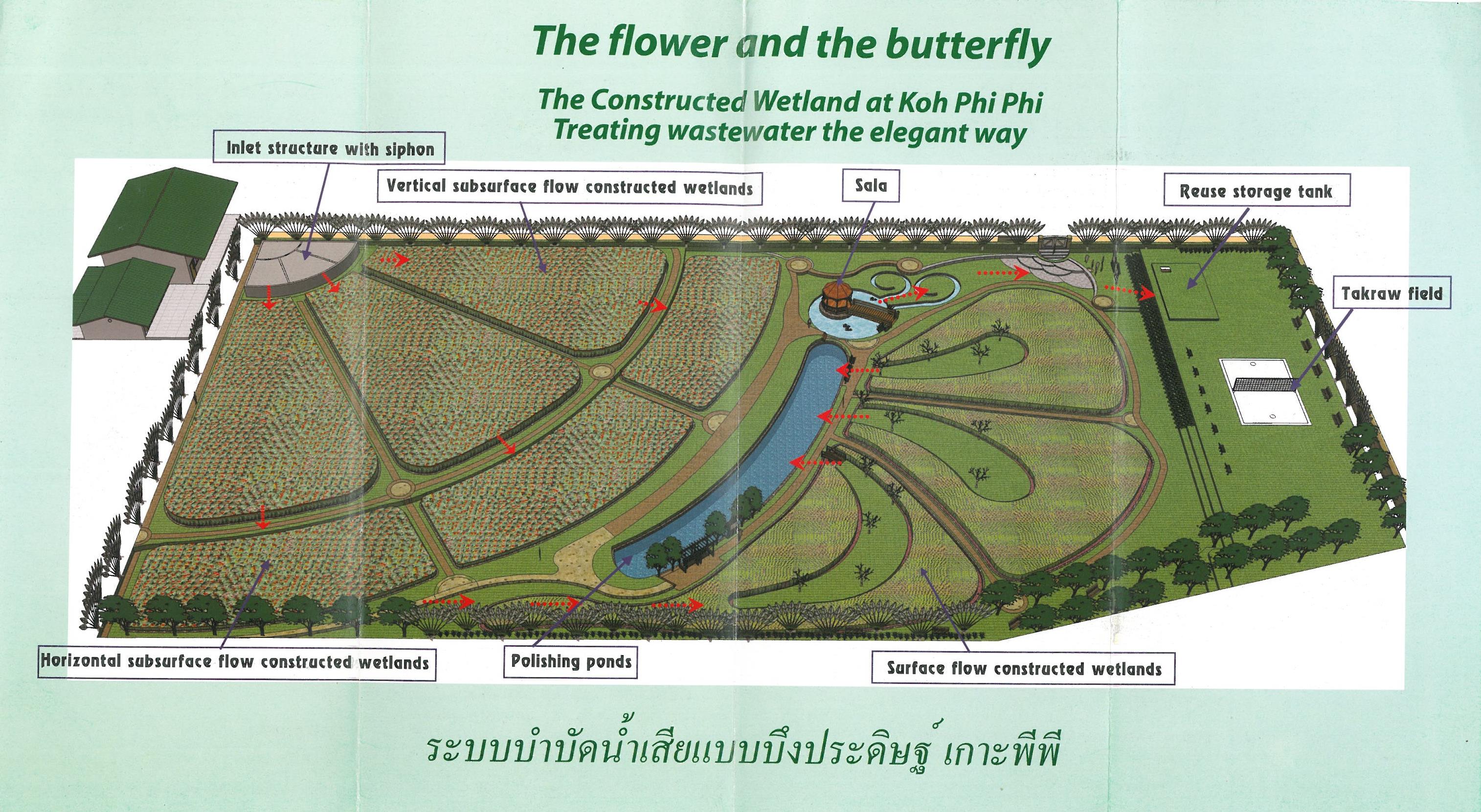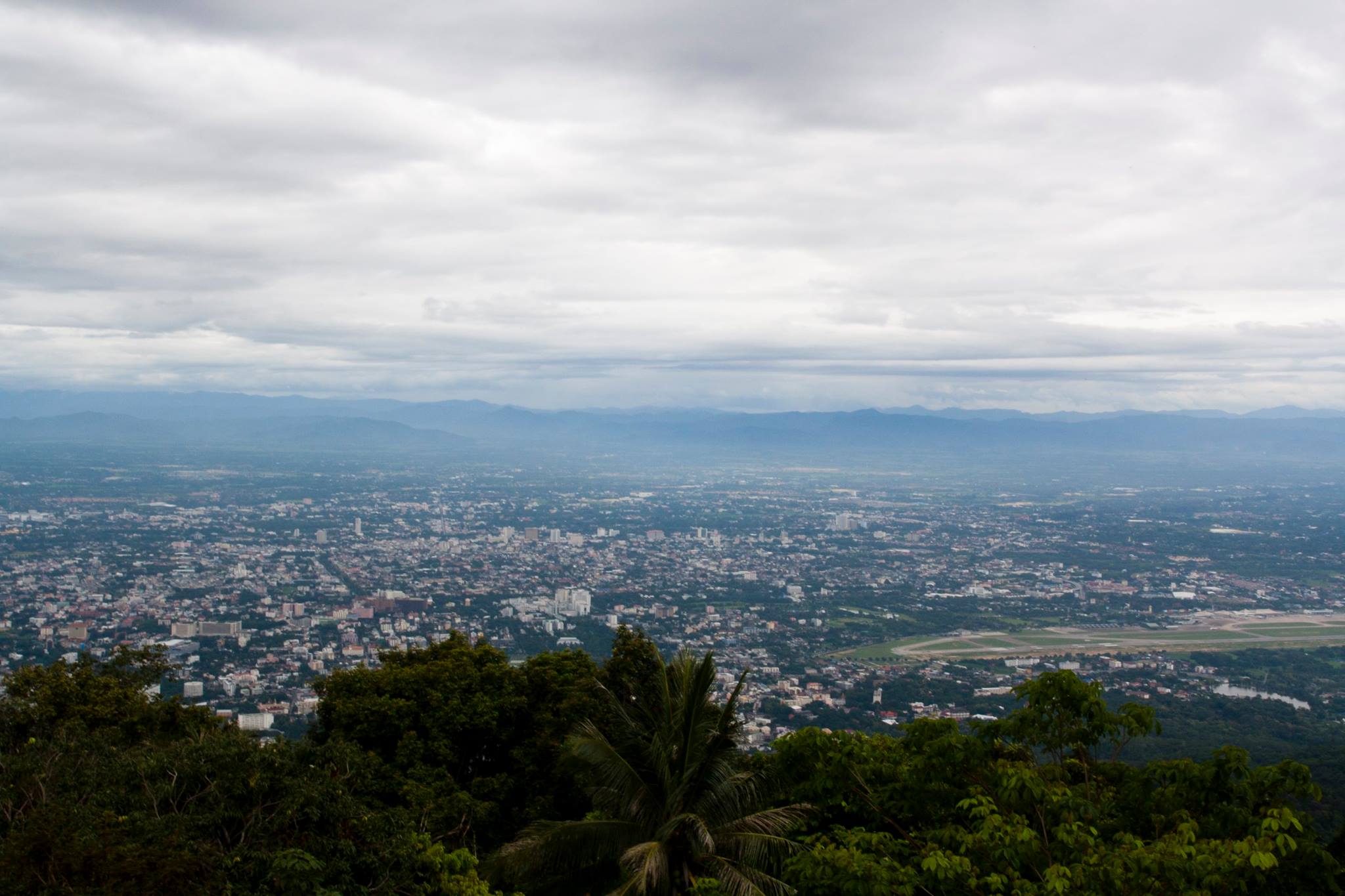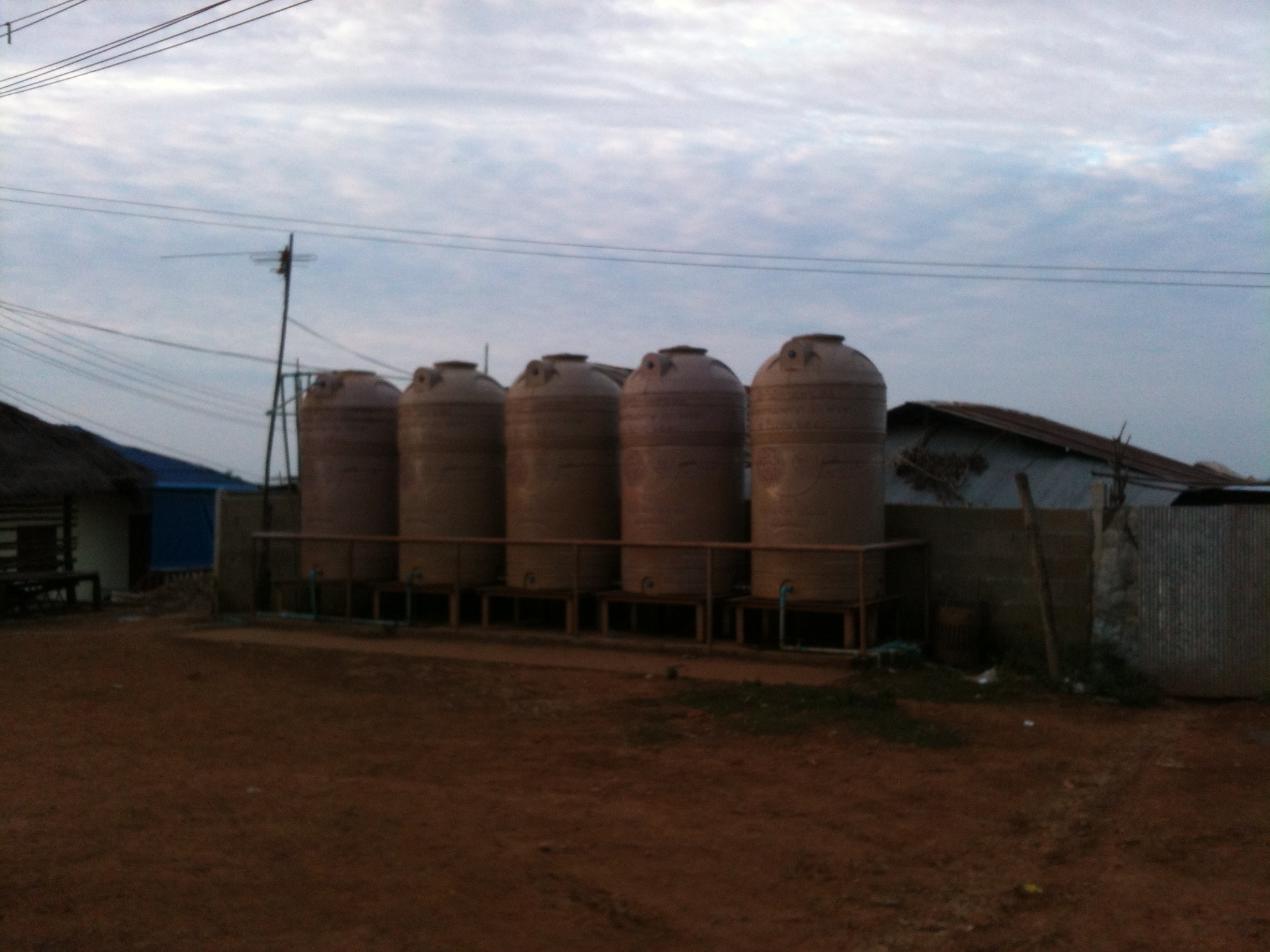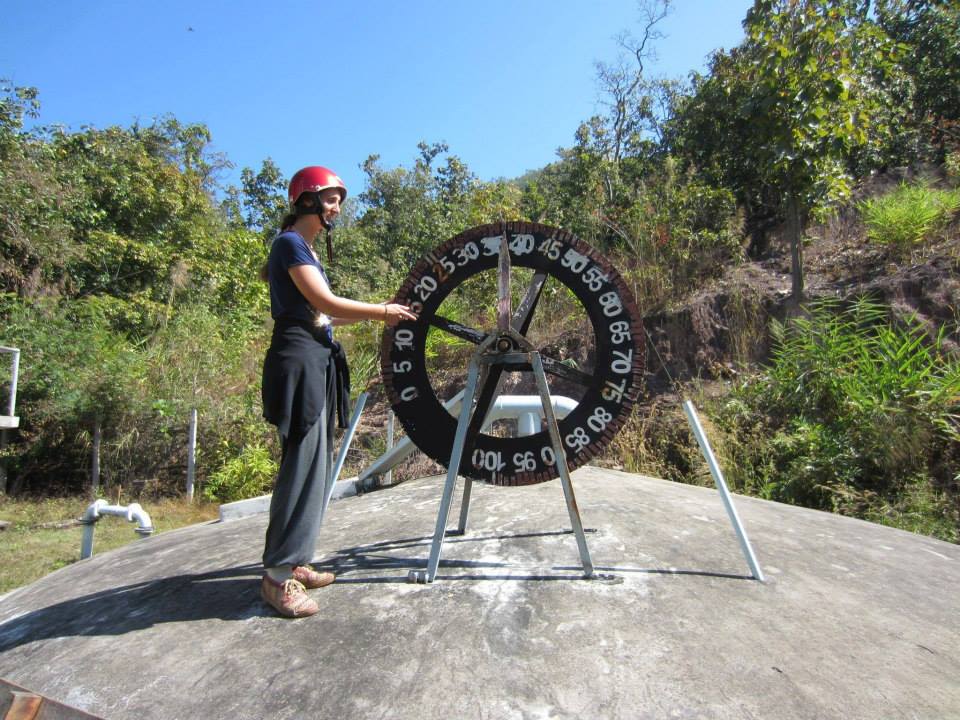After graduating in October of 2013 I had the opportunity to travel through South East Asia for 3 months, this blog is based on that experience.
Bangkok
First off, Bangkok, the city that seems, smells and sounds like unorganized chaos. At the same time it is dynamic, vibrant and you can have a five star meal at a street vendor while sitting next to a closed off police zone. Bangkok is a fascinating city and unfortunately facing the same environmental issues as many other mega cities, air pollution, challenging solid waste management and polluted waters. The population of the Bangkok metropolis is estimated at 5.7 million, 2012 (BMR 10.5 million, 2012) and trends show a population increase and a movement towards the suburbs, making these issues more complex. Fortunately the Bangkok Metropolitan Administration keeps itself busy with solving these and other issues to optimize life quality for the Thai people.
Not being able to drink the tap water and having to squat over a number of holes I decided to do a little research. The sources for drinking water are the groundwater basins (~5% of total consumption, 2003) under Bangkok and the Chao Phraya River (~95%, 2003). The overconsumption of the groundwater between 1960 and 2000 has caused depletion of the aquifers and land subsidence at an average of 5 cm/year.
From these sources the water is treated by the metropolitan waterworks authority. After the supply the water is transported to the around 2.000.000 connections in Bangkok, which is said to serve 80% of the urban population. Planning is to increase to 91% by 2017. Besides the piped supply the MWA also supplies bottled water, to help people earn more by selling it and to keep bottled water prices under control. Data on the water quality show a high temperatures, which indicates microbial risks, however data on bacteria show complete absence in all tests. Even if this data is correct, there is always a certain microbial risk involved in distribution, and to reduce this risk chloride is added to the water.
In terms of sanitation, 40% of the people are connected to the sewerage system. Of the other 60%, larger buildings are required to have some form of treatment and smaller houses should at least have a septic tank. But most of the domestic wastewater, 2.4 million m3.d-1, is discharged into the canals of Bangkok without treatment. This has led to dissolved oxygen concentrations of below 2.0 mg/l in most canals is. The wastewater from the sewerage system, 1 million m3.d-1 was treated in one of the 7 WWTP (2005). In 2007 the Action Plan on Global Warming Mitigation has planned to increase treatment capacity to 1.8 million m3.d-1. More information on these new WWTP can be found here. I am not aware of any updates since then.
 Bangkok receives water from northern rivers, rainwater, and backwater from the sea due to high sea levels. Surrounded by the water, Bangkok has a rich history in water management which dates back to around 1280. Due to the previously mentioned land subsidence, the amount of water that has to be dealt with and canals becoming narrower due settling on the embankments, Bangkok has faced some severe and repeating incidents of flooding, in 1785, 1819, 1831, 1917, 1942, 1975, 1980, 1982, 1983, 1995, 1996 and 2011 . Some of these floods were several meters of water, lasting from days to months and are large economic damages.
Bangkok receives water from northern rivers, rainwater, and backwater from the sea due to high sea levels. Surrounded by the water, Bangkok has a rich history in water management which dates back to around 1280. Due to the previously mentioned land subsidence, the amount of water that has to be dealt with and canals becoming narrower due settling on the embankments, Bangkok has faced some severe and repeating incidents of flooding, in 1785, 1819, 1831, 1917, 1942, 1975, 1980, 1982, 1983, 1995, 1996 and 2011 . Some of these floods were several meters of water, lasting from days to months and are large economic damages.
Over the years Thailand has made some great progress in water management and three periods can be distinguished. The first being from 1283 to 1857 where people were relocated depending on floods and rice production. The second period from 1857 until recently gave rise to the Royal Irrigation Department, during this time the focus was originally on canal digging and water regulation for agriculture and transportation. As population increased focus was shifted to included building reservoirs. The building of water infrastructures like dams and hydropower installations for irrigation and electricity production were arranged in a series of “national economic and social development plans”. The first plan was initiated in 1962 and the first to include strong developmental guidelines for water resource management in all 25 basins of Thailand was available in 1992. However, water supply and distribution is operated by the public sector as an open access system, water can be consumed free of charge by any economic sector, including agriculture. In the eighth and ninth plan topics like cost recovery, economic value, regulations and restrictions began to take place. There has also been a shift in focus from supply-side to demand-side, and hereby looking at organizational and institutional aspects in order to reduce costs while promoting sustainability and environmental conservation. Most recently the 11th plan has been published covering 2012-2016, the water management target states to increase efficiency, prevent floods and expand irrigation. To me, it was interesting to read that in the guidelines it is stated that “… local administrative organizations should be empowered to manage river basins”, which could be interpreted as decentralization.
 Magical islands
Magical islands
When the busy, chaotic and intense cities becomes too much Thailand is worth visiting for its beautiful and enchanting islands. These islands are visited by millions of tourist every year, but are only inhabited by a small portion of that. This means that the amount of wastewater fluctuates largely with season. I noticed one treatment plant on Ko Samui and something that could either be for storm water or wastewater on Ko Pagnan. However, I did not get the impressions that good treatment is widely used on the islands. This means a large portion of the (tourist) wastewater will probably be led into the ground or into the sea, which in time will lead to eutrophication and the islands losing their beauty.
Fortunately a study has started to assess the sustainable development of Ko Samui, and possible the outcomes can also serve other islands in the area in improving their environmental management. This study uses a holistic approach and is incorporating energy supply, solid waste management, wastewater and water supply.
On a different island, Koh Phi Phi a very suitable method for wastewater treatment was found. In this “flower and butterfly” system wastewater and rainwater are collected separately, all grey and black water is transported in closed pipes and all restaurants have an oil/grease trap. The pumping station uses solar power and the treated wastewater is re-used for irrigation. And the cherry on top of the cake is that it looks like a butterfly, beautiful!
Adventures in the mountains
After visiting the island I took off to the northern part of Thailand. In Chiang Mai I had to opportunity to meet with Assoc. Prof. Suwasa Kantawanichkul and Asst. Prof. Wasan Jompakdee from the faculty of engineering of the Chiang Mai University. They were both very kind and helpful in educating me in the current environmental situation of Thailand. Prof. Wasan is also chairman of the committee for the protection of the Ping river basin (CPPE). The Ping River is one of Thailand’s largest rivers which downstream becomes the Chao Phraya heading for Bangkok. As with all water stories there are conflicts of interest among stakeholders, which in this case include tribal people which use water for farming upstream, farmers downstream and the tourist sector. The river’s course has narrowed from 200 meters to 50 meters due to illegal settling and deposition and siltation after floods. Furthermore the river is dealing with chemicals from farmland and (un)treated wastewater from hotels and factories. The CPPE was established by prof. Wasan to work towards a sustainable future for the Ping river basin.
In the region of Chiang Rai I stayed in a small village in the mountains. They have an individual water supply which looks like it was relatively new. Other than a few leakages it looked very nice. I assume it is from a water delivery company which installed it and supplies treated water to the village, which is then supplied by small pipes to the individual households. The waste from the toilet that was available in the guesthouse ended up directly under the guest house, on the ground and was washed down hill with the water.
In the area of Pai I noticed a small water treatment when cruising through the valley. I assume it is drinking water treatment and the design looked a bit like a tiny carrousel. The other photo shows the top of a storage tank with a device I assumed to be a level meter, but other ideas are very welcome. Since safety regulations are a bit different in Thailand than in the Netherlands, I could just climb on top to have a look and nobody seemed to care..
When you visit
When you decide to visit Thailand please keep in mind that the local people are facing some serious environmental issues (as well as political and economical). Since tourism is a large part of their economy, your behavior can have a great affect. Be aware of and reduce your water use, your electricity use and don’t litter. Go local in terms of transport and food. Don’t buy products or do activities that would harm endangered species, this includes visiting tigers and riding elephants. But most of all: make friends with the Tai people and fellow travelers and you will have memories for a life time!

